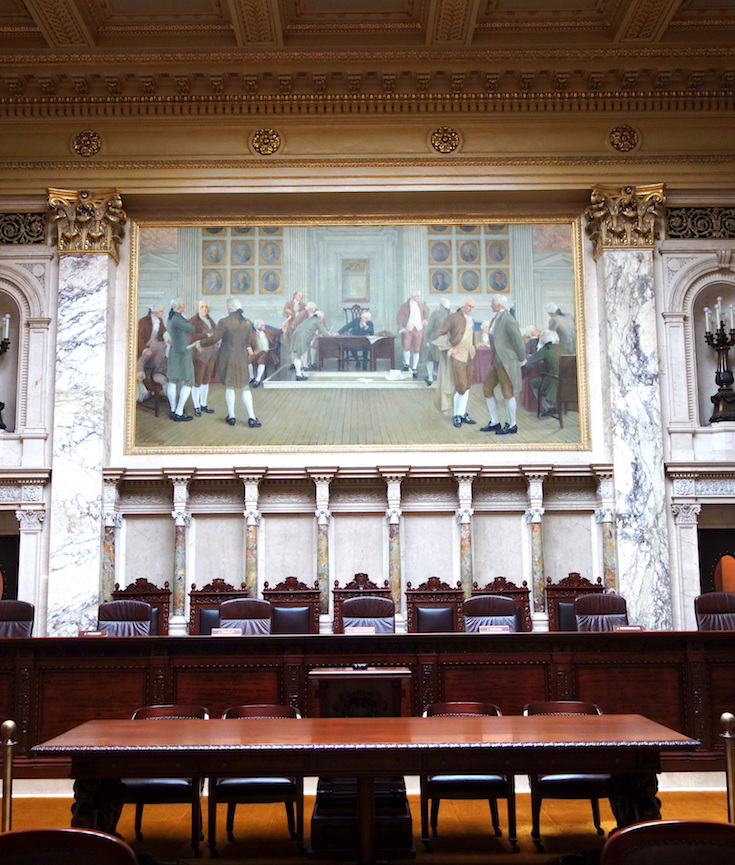“Some toxins can be deadly in small doses,” Chief Justice John Roberts wrote last month in the Supreme Court’s opinion in Buck v. Davis. In Buck, the Supreme Court vacated a death sentence handed down to a black defendant after an “expert” witness told the jury that black defendants are more likely to kill again than whites. Roberts is a terrific writer; his characteristically pithy aphorism rebuked a lower court, which had decided that the “future dangerousness” testimony was “de minimis”—of little importance—and should thus not affect Duane Buck’s death sentence. (Justices Samuel Alito and Clarence Thomas dissented.)
[mc4wp_form id=”6042″]
Curiously, the chief justice was on the other side in a case last week considering an equally grotesque case of racism in criminal justice, Peña-Rodriguez v. Colorado. The court majority struck down a jury verdict thoroughly infused with racism, Roberts joined Alito in his dissent, with Thomas filing a separate one. In Peña-Rodriguez, one racist juror brought into jury deliberations his own opinion (as, he said, “an ex-law enforcement officer”) that a defendant must be guilty of a sex offense “because he’s Mexican and Mexican men take whatever they want.”

Established pursuant to Article III of the United States Constitution in 1789, it has ultimate (and largely discretionary) appellate jurisdiction over all federal courts and over state court cases involving issues of federal law, plus original jurisdiction over a small range of cases. In the legal system of the United States, the Supreme Court is the final interpreter of federal constitutional law, although it may only act within the context of a case in which it has jurisdiction.
The Court normally consists of the Chief Justice of the United States and eight associate justices who are nominated by the President and confirmed by the Senate. Once appointed, justices have life tenure unless they resign, retire, or are removed after impeachment (though no justice has ever been removed). In modern discourse, the justices are often categorized as having conservative, moderate, or liberal philosophies of law and of judicial interpretation. Each justice has one vote, and while many cases are decided unanimously, the highest profile cases often expose ideological beliefs that track with those philosophical or political categories. The Court meets in the United States Supreme Court Building in Washington, D.C.
The Supreme Court is sometimes colloquially referred to as SCOTUS, in analogy to other acronyms such as POTUS. (Wikipedia).


You must be logged in to post a comment.